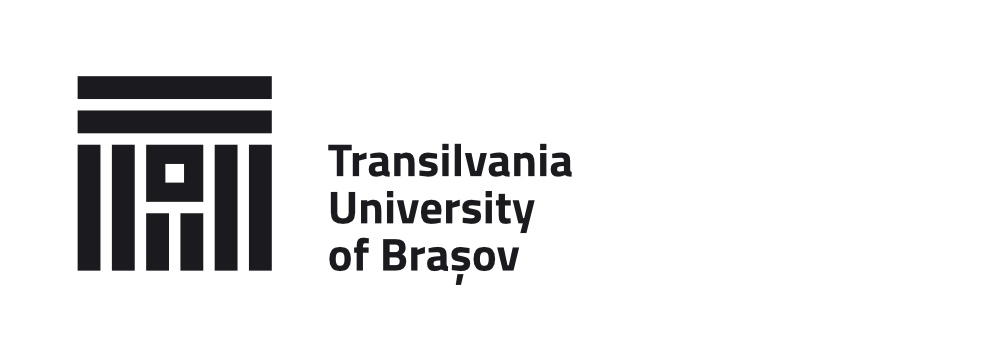|
|
DSpace at Transilvania University >
Faculty of medicine >
Jurnal Medical Brașovean 2017 - 2018 >
Please use this identifier to cite or link to this item:
http://hdl.handle.net/123456789/2257
|
| Title: | Sovata - istorie şi practică balneară |
| Other Titles: | Sovata – medical hystory and balneotherapy |
| Authors: | Miclăuş, Roxana
Nica, Adriana Sarah
Roman, Nadinne
Caloian, Silviu
Mateescu, Cristina
Rogozea, Liliana |
| Keywords: | balneal treatment
therapeutic natural factor
Helios thermal effect
salt bath |
| Issue Date: | 2017 |
| Publisher: | Editura Universității TRANSILVANIA Brașov |
| Series/Report no.: | Jurnal Medical Brasovean;nr. 1 / 2017 |
| Abstract: | The paper attempts an historical and scientific medical review of the most important aspects that have led to the evolution of Sovata resort from the salty salt status to the recognition today in the top of the most important therapy and spa resorts of Romania, as follow: from salt deposit exploited ever since the Roman era, until 1562, when documentary evidence of salt extraction by the Szeklers is documented, through the moment of Sovata's attestation as a place of worship in a letter from Mikhail Korniş in 1597 as an invitation to a balneal leisure to Báthory István from Poland, then the organization and settlements of the baths (the first half of the nineteenth century), then Certification of spa resort Sovata de Sus (today's resort) in 1901 and obtaining permission for the therapeutic use of salt water of lakes and springs in 1902. The development of infrastructure, communications and accommodation conditions takes place in parallel with the recognition of the therapeutic value of the area and particularly the Lake Ursu (the Lake of the Bears), derived from the geological particularities of the area and the therapeutic power of the lake waters, respectively the description of the Helios thermal phenomenon in Lake Ursu. The paper also points to the thriving development until the recession of 1914, the First World War, the reconstruction efforts and the maximum development in the interwar period, parallel with the beginning of medical education in the Sovata spa resorts. Also, the paper present the down of specialization in balneology for doctors inside the resort, led by Professor dr. Marius Sturza, and then continued at the Balneology and Physiotherapy Clinic set up in the Medical University of Cluj in 1939 and the contribution of Professor Iuliu Moldovan from Cluj to the knowledge development, research and scientific recognition of the bathing properties of the Sovata baths. The resort had development stagnation during World War II and then after the Nationalization of 1948, which brought to the state patrimony all the spa facilities, the therapeutic factors of water and the benefits of their exploitation, the lands and villas belonging to the private owners and the joint stock company existing at Sovata. The privatization after 1990 changed the strict therapeutic concept of balneotherapy and the conditions of approach and access to balneal treatment and after 2000 added the commercial aspect of tourism to the concept of balneotherapy or Spa. |
| Description: | Publicat în: Jurnal Medical Brasovean. 2017, nr.1, p. 90-97. ISSN 1841-0782, e-ISSN 2247-4706. |
| URI: | http://hdl.handle.net/123456789/2257 |
| ISSN: | 1841-0782
e-ISSN 2247-4706 |
| Appears in Collections: | Jurnal Medical Brașovean 2017 - 2018
|
Items in DSpace are protected by copyright, with all rights reserved, unless otherwise indicated.
|

